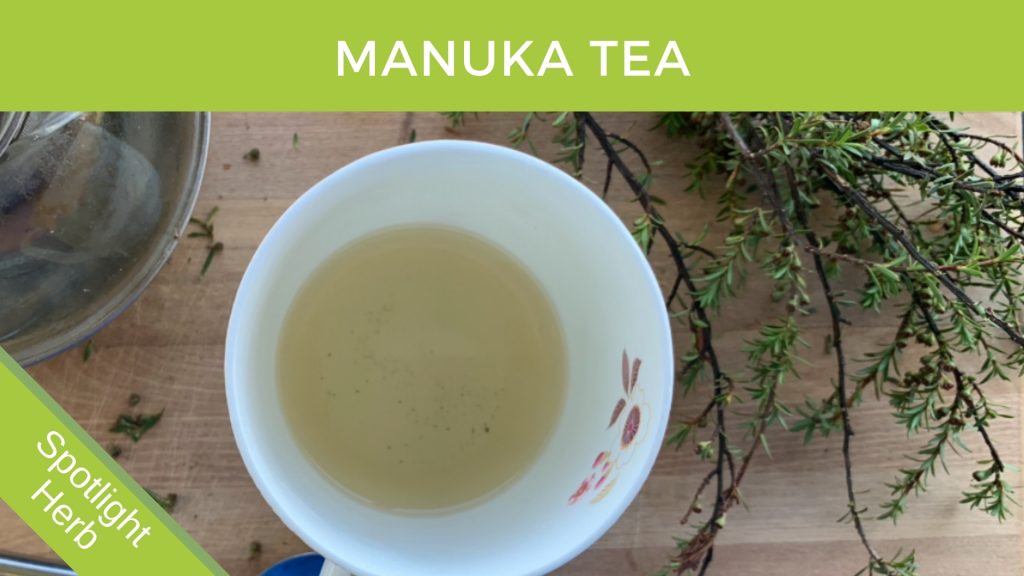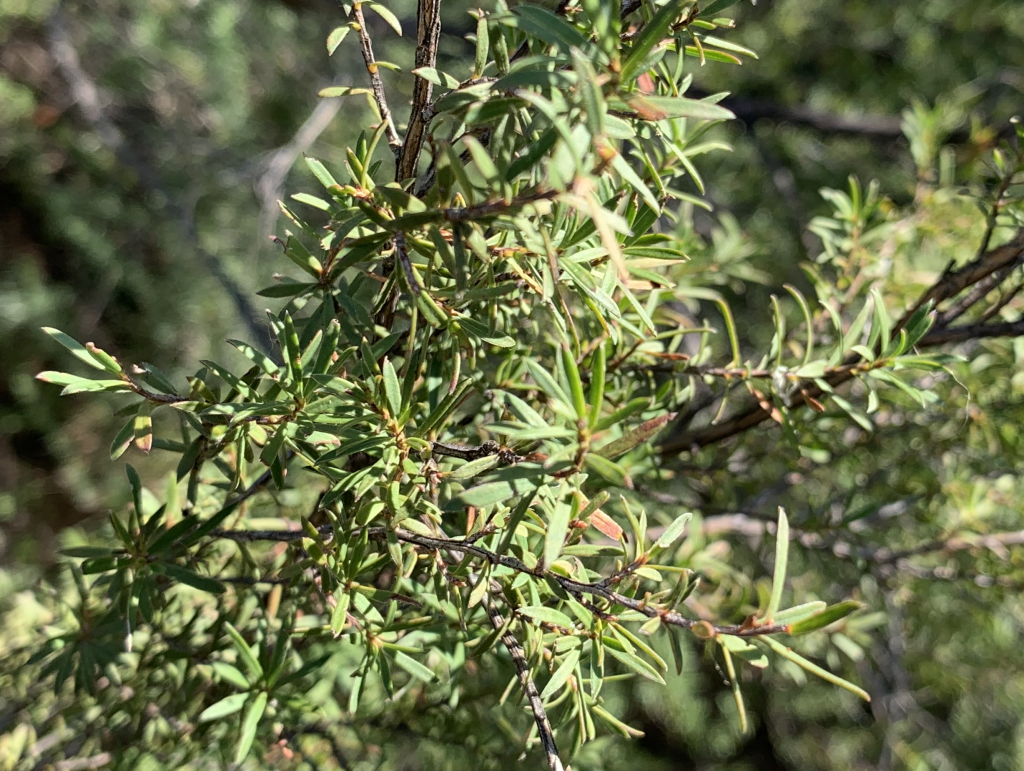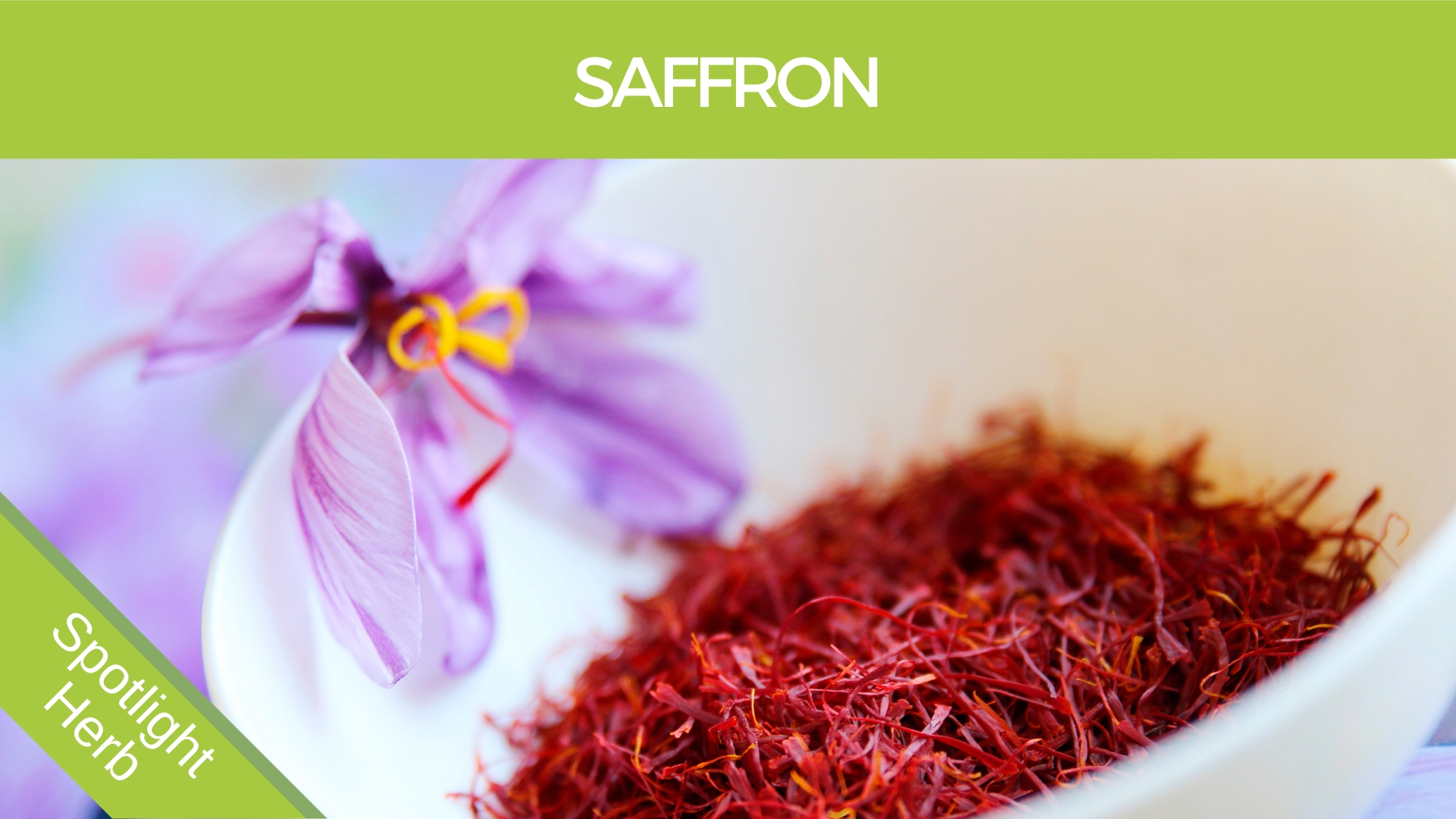Tea Tree is the common name given to the native Manuka tree of New Zealand and Australia.
It was named by Captain Cook because he used it as a herbal tea.
Be careful when selecting the tree and make sure you’re getting the right thing. Look closely at the photos and see the pointy leaves and flaky bark.
Simply pick a couple of smaller branches and remember to thank the tree. It can be used at any time of year, but I prefer to use it when it’s dry and not flowering.
Wash thoroughly or soak out any bugs. Strip the leaves off and add to a teapot with boiling water. After 10 minutes you should have a beautiful herbal tea. sweeten with a little honey or stevia.
This tea is great for general health and vitality but is particularly good at supporting the immune system, as it has natural antiseptic, antibacterial and antiviral properties.
Enjoy.




